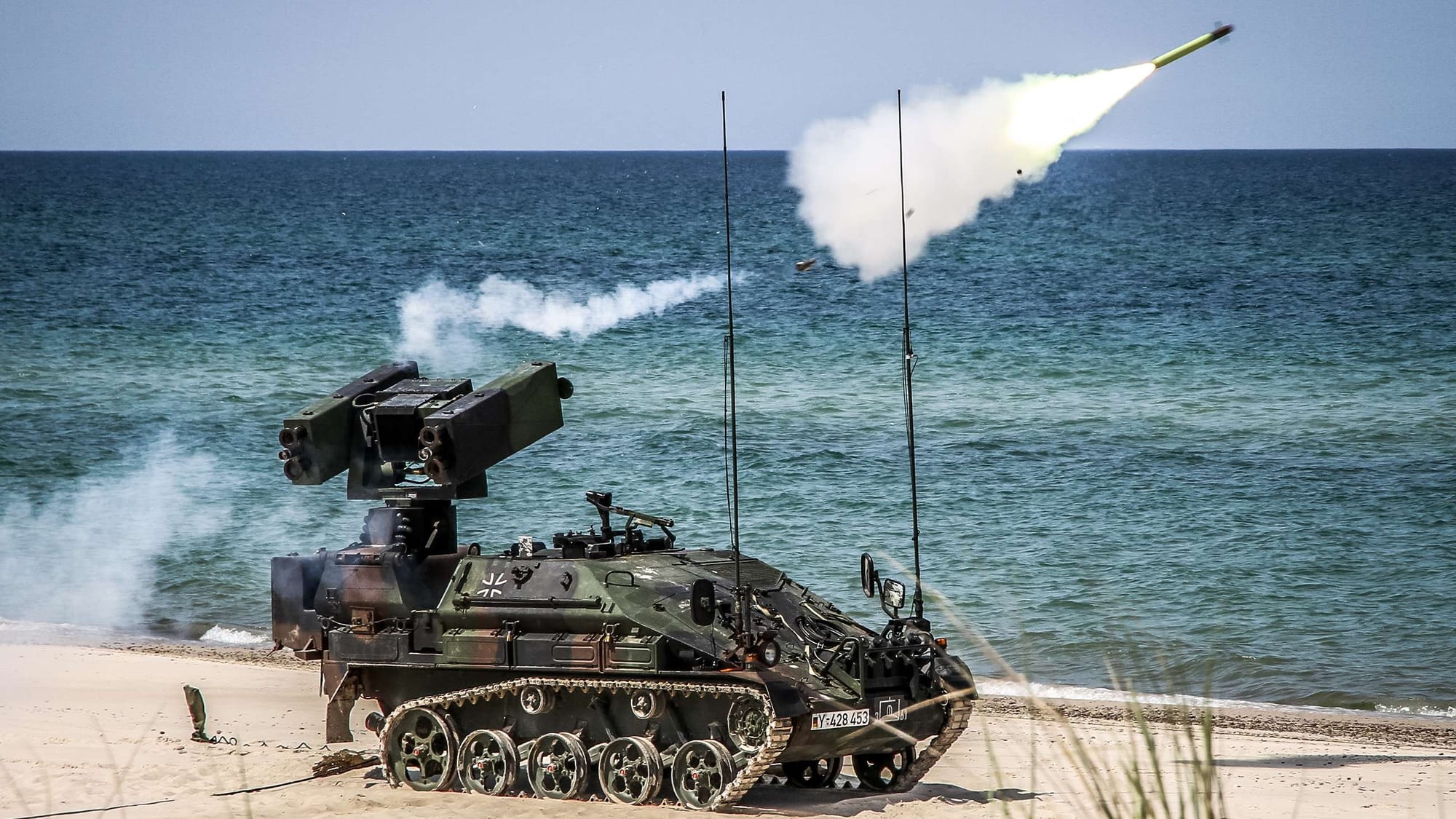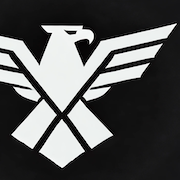Germany to Procure Arrow 4: Upper-Tier Missile Defense Signals Next Phase of Zeitenwende
Germany’s planned acquisition of Israel’s Arrow 4 system reflects a strategic pivot from short-term gap-filling to long-range upper-tier deterrence—testing the limits of both capability and defense budgets under Zeitenwende.


Key Takeaways:
- Upper-Tier BMD Focus: Germany has announced its intention to procure the Israeli Arrow 4 missile defense system, currently under development, to complement its incoming Arrow 3 batteries and cover the highest altitude spectrum against ballistic missile threats (Frankfurter Allgemeine Zeitung, May 2025).
- Zeitenwende Maturation: This decision signifies a further maturation of Germany's Zeitenwende (strategic turning point), expanding from immediate capability gaps to long-term strategic readiness for high-end threats projected in the 2030s and beyond.
- Long-Term Funding Challenge: Arrow 4’s acquisition—despite being under development—will test Germany’s defense budget beyond the €100 billion Sondervermögen (special fund), raising critical questions about sustainable long-term spending.
- Building on Arrow 3 Infrastructure: The Bundeswehr aims to integrate Arrow 4 into existing Arrow 3 infrastructure (radars, launchers), a move confirmed by Lt. Gen. Kohlhaus to reduce costs and streamline deployment.
- Catalyst of Recent Conflicts: Israel’s successful interception of Iranian ballistic missiles in April 2024 demonstrated the Arrow system’s combat effectiveness and likely accelerated German interest in upper-tier missile defense.
Berlin, Germany – The German Bundeswehr is setting its sights on the next generation of air and missile defense, signaling its intent to procure the Israeli-developed Arrow 4 system. The announcement, made by Deputy Air Force Inspector Lieutenant General Lutz Kohlhaus, indicates a strategic move to fortify German capabilities against advanced ballistic missile threats, operating in the transition layer to space, above the Patriot and incoming Arrow 3 systems (Frankfurter Allgemeine Zeitung, Print Edition, p.5, May 2025). This procurement complements the existing order for three Arrow 3 batteries, the first of which is anticipated to achieve Initial Operational Capability (IOC) in northeastern Germany by late 2025 (Calibre Defence, May 2025).
Zeitenwende Deepens: Addressing Future Threats
The planned acquisition of Arrow 4 marks a significant step in the ongoing transformation of German defense policy, widely known as the Zeitenwende. While initial Zeitenwende-funded procurements focused on filling immediate capability gaps and modernizing existing platforms (e.g., F-35, CH-47F, Puma IFV upgrades), the Arrow 4 decision looks further ahead. It addresses the requirement to counter more sophisticated ballistic missile threats anticipated in the 2030s, reflecting a long-term strategic vision for national and collective defense.
The Arrow 4 system, co-developed by Israel Aerospace Industries (IAI) and the U.S. Missile Defense Agency, is designed to intercept threats in the upper atmosphere and exo-atmospherically, providing a crucial high-altitude layer. Lieutenant General Kohlhaus emphasized that with Arrow 3 and Arrow 4, the Luftwaffe "will be able to defend the entire altitude spectrum in the future" (FAZ, May 2025).
The Enduring Budget Question: Beyond the Sondervermögen
A critical aspect of the Arrow 4 announcement is its financial implications. The €100 billion Sondervermögen, established in 2022, is already heavily committed to various large-scale projects. As Arrow 4 is still "currently under development" (FAZ, May 2025), the bulk of its procurement and sustainment costs will likely fall outside the primary drawdown period of this special fund.
This raises crucial questions for German defense planners and policymakers regarding the long-term funding for such advanced, multi-decade systems. Integrating Arrow 4 into regular defense budgets, which are already under pressure to meet NATO's 2% GDP spending target sustainably, will require careful fiscal planning and political consensus. The German Ministry of Defence has yet to detail the specific budgetary lines or timelines for Arrow 4 funding.
Leveraging Arrow 3: Infrastructure and Readiness Timelines
The Bundeswehr intends to integrate Arrow 4 with existing systems, notably utilizing the same radars and launchers as Arrow 3. This was confirmed by Lieutenant General Lutz Kohlhaus during his remarks at the Ground Based Air Defence Summit in Berlin on May 7, 2025, where he emphasized the cost-efficiency of this approach (Lars Hoffmann, CPM Defence Summit Report, May 2025).
Infrastructure development for the Arrow 3 system is underway at Holzdorf Airbase, where the first fire unit will be stationed. In May 2025, Luftwaffe Inspector Lt. Gen. Ingo Gerhartz formally accepted delivery of the system’s core communications element from Israel Aerospace Industries (IAI) during a visit to Tel Aviv—marking the first physical handover of Arrow 3 hardware to the Bundeswehr. The system is scheduled to achieve Initial Operational Capability (IOC) by late 2025 (Behörden Spiegel, May 2025).
The system, designed to counter threats up to 100 km altitude, is being procured under a €4 billion agreement between IAI and the German BAAINBw (Behörden Spiegel, May 2025).
However, the "under development" status of Arrow 4 means its own IOC within the Bundeswehr is likely several years away, potentially into the early 2030s, contingent on successful development, testing, and production by IAI and the US MDA. The timeline for Germany will also depend on its position in the international order queue, given the surged global interest in Arrow technology following its proven combat effectiveness (Reuters, Defense Daily, April 2024).
Recent BMD Success as a Catalyst
The decision has undoubtedly been influenced by the operational successes of the Arrow system. The effective interception of a large-scale Iranian ballistic missile attack in April 2024 (EDR Magazine, April 2024) provided a stark demonstration of the system's capabilities and the evolving nature of aerial threats. This event has reportedly accelerated IAI's development efforts for Arrow 4 to meet growing international demand (Defense Daily, May 2025). For Germany, this real-world validation likely underscored the necessity of investing in the highest tiers of missile defense.
The Arrow 4 procurement, alongside existing assets like Patriot and the German-developed IRIS-T SLM/SLX, underscores Germany's commitment to a robust, multi-layered defense posture (Defense Express, May 2025) and its evolving role in European security architecture.
In addition to boosting global demand, Arrow’s combat record has directly shaped the system’s evolution. Software updates developed during Israel’s recent use of Arrow 3 in Gaza are slated for inclusion in the German systems as well—ensuring that the Bundeswehr benefits from live combat-tested improvements from the outset (Behörden Spiegel, May 2025).
German Air Defense Command Structure: Evolving Responsibilities
The integration of Arrow 3 and IRIS-T SLM into the Bundeswehr’s layered air defense reflects a doctrinal shift in operational responsibilities. The Luftwaffe will operate Germany’s upper- and mid-tier air and missile defense systems, including Arrow, Patriot, and IRIS-T SLM/SLX. By contrast, the close-in and very short-range air defense domain—including systems like Skyranger and Boxer-based platforms—will be handled by the reestablished Heeresflugabwehrtruppe (Army Air Defense Troops), marking the return of a dedicated air defense arm within the German Army (Behörden Spiegel, May 2025).
Germany’s Layered Air & Missile Defense Architecture
| System | Operational Role | Operator | Engagement Altitude |
|---|---|---|---|
| Arrow 4 (planned) | Exo-atmospheric BMD | Luftwaffe | ~100–150+ km |
| Arrow 3 | High-tier missile defense | Luftwaffe | ~70–100 km |
| Patriot PAC-3 | Medium-high missile defense | Luftwaffe | ~20–70 km |
| IRIS-T SLM/SLX | Medium-range air defense | Luftwaffe | ~20–40 km |
| Skyranger / Boxer | Very short-range / drone defense | Heeresflugabwehr / Heer (Army AD Troops) | <5 km |
What to Watch:
- MoD Budget Signals: Watch for statements from the German Ministry of Defence or Finance Ministry clarifying how Arrow 4 will be funded—whether via supplemental allocations, NATO commitments, or integration into the post-Sondervermögen baseline.
- Arrow 3 IOC at Holzdorf: Track progress toward the Initial Operational Capability of Germany’s first Arrow 3 fire unit at Holzdorf Airbase, a key enabler and infrastructure baseline for Arrow 4 deployment.
- Arrow 4 Development Benchmarks: Monitor program updates from Israel Aerospace Industries and the U.S. Missile Defense Agency on Arrow 4’s development timeline—including flight testing, production start, and export readiness.
- Industrial Participation Discussions: Any indications or official announcements regarding potential German defense industry involvement in the Arrow 4 program, such as component manufacturing, maintenance, or through-life support.
This article is the first in a series analyzing Germany's decision to procure the Arrow 4 missile defense system and its broader implications.
Read our doctrinal explainer: “Integrated Air and Missile Defense: Multilayer Architecture from SHORAD to Strategic Shielding” for context on Germany’s strategic shift.






